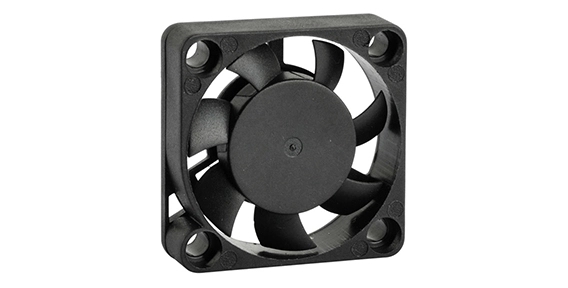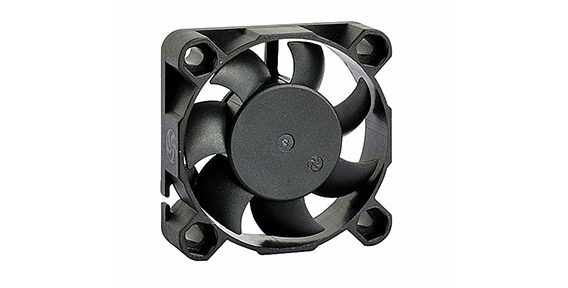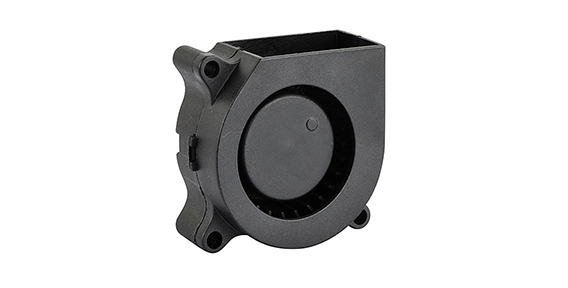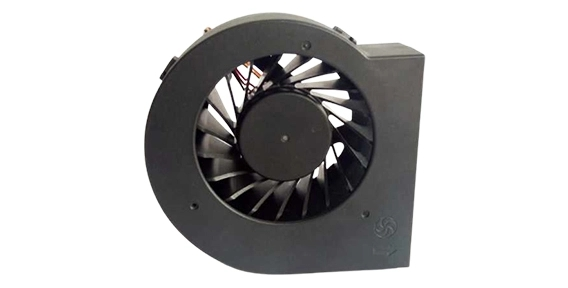In today's technological age, the demand for effective cooling solutions has never been greater. Whether it is in electronic devices, computer systems, or industrial equipment, the need to dissipate heat efficiently is essential. One vital component that plays a crucial role in ensuring proper cooling is the fan. In particular, a 30mm quiet fan is gaining popularity due to its compact size and excellent performance. In this article, we will explore the benefits of using a 30mm fan, factors to consider when choosing one, as well as common challenges and troubleshooting tips.
Benefits of using a 30mm fan
Compact size: The 30mm fan's small form factor makes it ideal for use in tight spaces where larger fans may not fit. This feature is particularly useful in electronic devices where space is limited, such as laptops, gaming consoles, and small appliances.
Efficient cooling: Despite its small size, a properly designed 30mm fan can provide effective cooling for various applications. With increasingly powerful and compact electronic devices, it is crucial to have a fan that can efficiently dissipate heat to prevent overheating and potential damage.
Low noise level: One key advantage of a 30mm quiet fan is its ability to operate silently. This makes it an excellent choice for applications where noise is a concern, such as in bedrooms, offices, or environments that require minimal disruption.
Energy efficiency: The compact size of a 30mm fan contributes to its energy-efficient performance. By consuming less power, it helps reduce energy costs and allows for longer battery life in portable devices.

Factors to consider when choosing a 30mm fan
Airflow and static pressure: When selecting a 30mm fan, it is crucial to consider its airflow and static pressure capabilities. Higher airflow ensures better heat dissipation, while sufficient static pressure enables efficient cooling in restricted spaces.
Noise level: While 30mm fans are generally quiet, it is still essential to consider the noise level produced. Look for fans with low decibel ratings to ensure a peaceful environment.
Bearing type: The bearing type of a fan affects its reliability, noise level, and lifespan. Common options include sleeve bearings, ball bearings, and fluid dynamic bearings. Each has its pros and cons, so choose one that suits your specific needs and requirements.
Fan speed: Fan speed directly influences airflow and cooling capacity. Consider the RPM (rotations per minute) rating of the fan and ensure it aligns with the cooling needs of your system.
Common challenges and troubleshooting tips for 30mm fans
While 30mm fans offer many benefits, they can also face certain challenges. Here are a few common issues and troubleshooting tips:
Overheating: If the fan fails to cool adequately, check for obstructions or dust buildup on the fan blades or vents. Clean the fan and the surrounding area regularly to maintain optimal performance.
Noisy operation: If the fan produces excessive noise, it may indicate a problem with the bearing or an imbalance in the blades. Consider lubricating the fan bearings or replacing them if necessary. A fan guard or rubber grommets can also help reduce noise caused by vibrations.
Insufficient airflow: In some cases, the fan may not deliver the expected airflow due to a faulty motor or power supply. Ensure that the fan is receiving proper power and consider replacing it if the issue persists.
In conclusion, a 30mm quiet fan, such as the Xie Heng Da DC cooling fan, offers several advantages for effective cooling in various applications. Its compact size, efficient cooling abilities, low noise level, and energy efficiency make it a popular choice for modern electronic devices. When selecting a 30mm fan, factors such as airflow, noise level, bearing type, and fan speed should be considered. Additionally, it is essential to troubleshoot common challenges such as overheating, noisy operation, and insufficient airflow to ensure optimal performance. By navigating the benefits and understanding the factors involved, you can make an informed decision when choosing a 30mm quiet fan for your cooling needs.


 EN
EN 

 +
+
 +
+
 +
+



